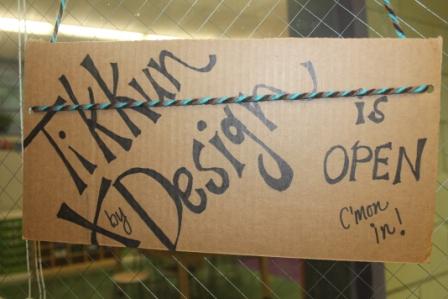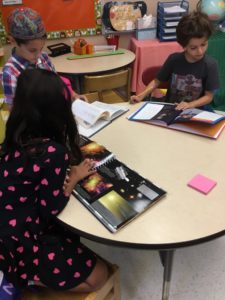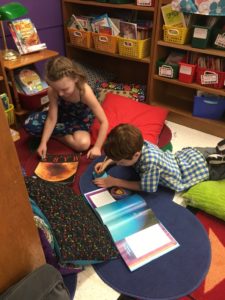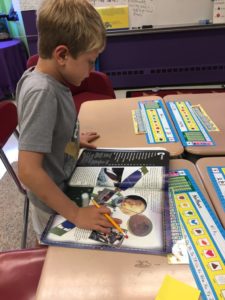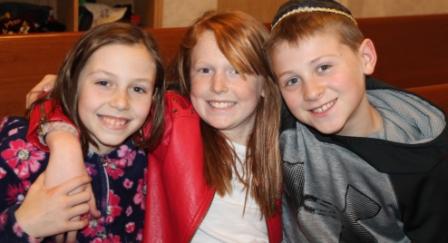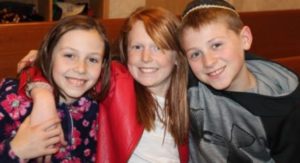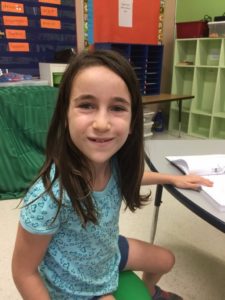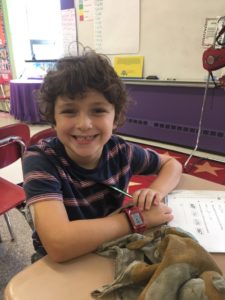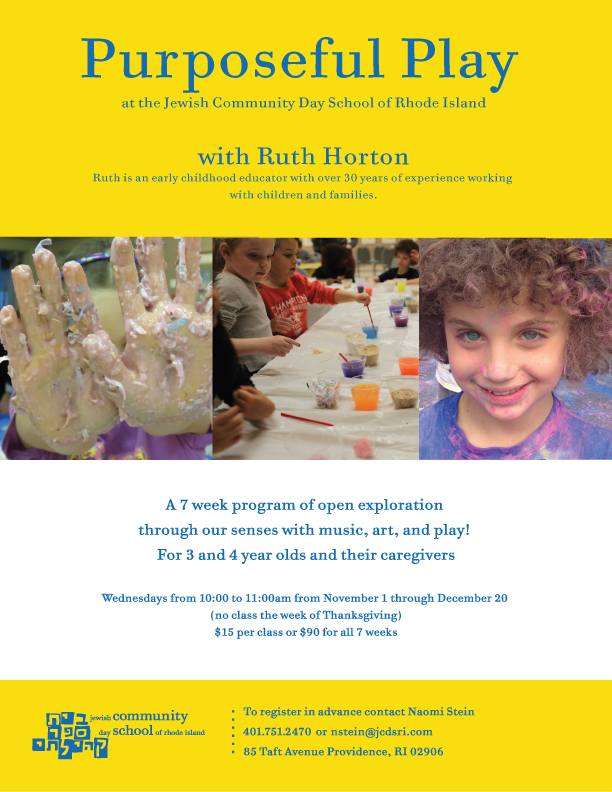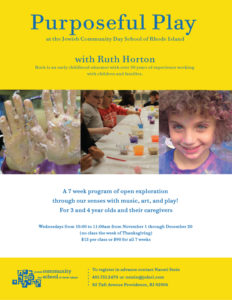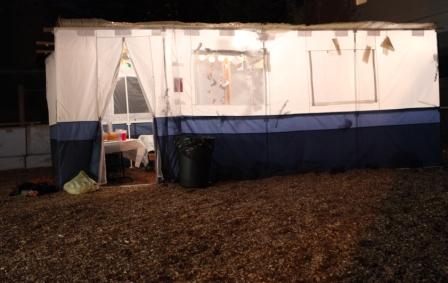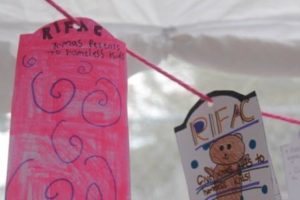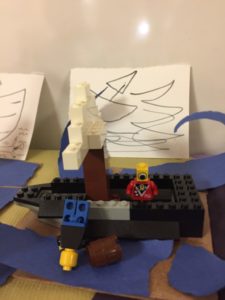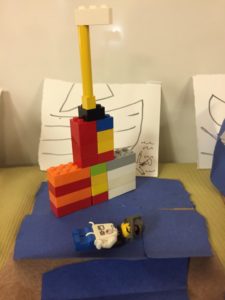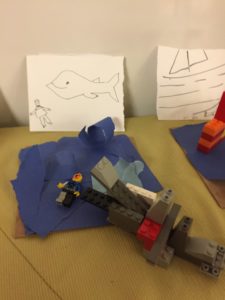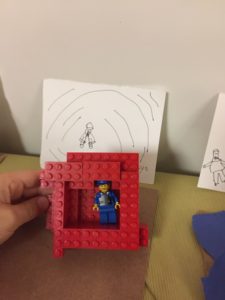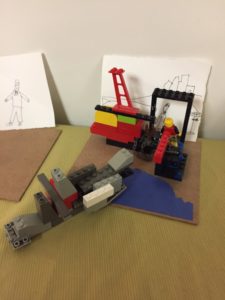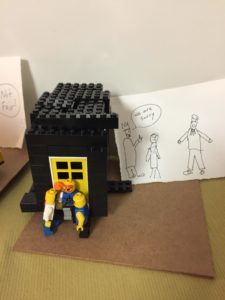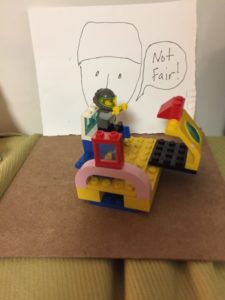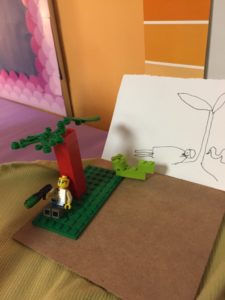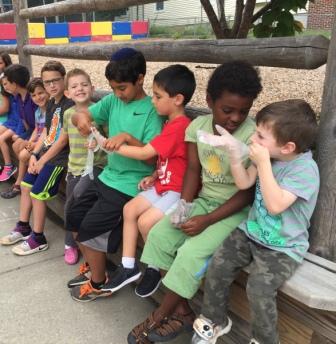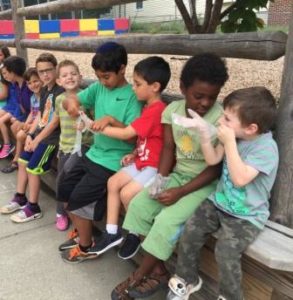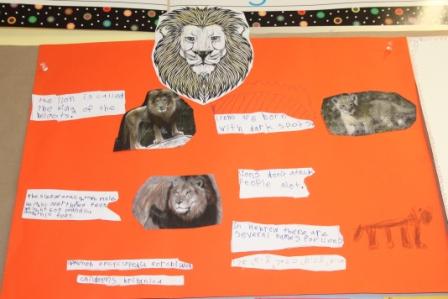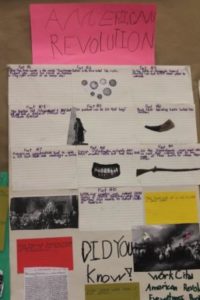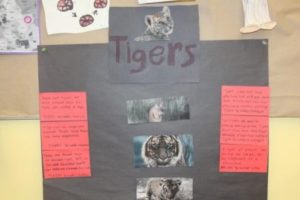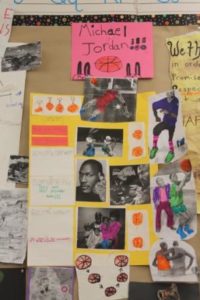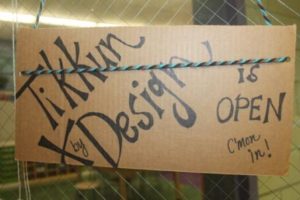
What is TikkunXDesign? TikkunXDesign explores the interplay between Jewish values, the 21st Century skills of Design Thinking, and the subjects of STEAM (science, technology, engineering, art and math). The concept of tikkun olam stems from the Jewish obligation that we engage in “repairing the world.” We know that despite the challenges before us, we have the resources, support, desire, and duty to work on making the world a better place.
Our goal is that the design projects we do through TikkunXDesign be purpose driven and reflect the values of our school. While tinkering is always fun, we don’t want to teach our students to simply create more “stuff” to be put in the world. That’s why we emphasize “process” at JCDSRI — particularly the skills of design thinking — which focus on building our capacities and capabilities to solve real-world problems.
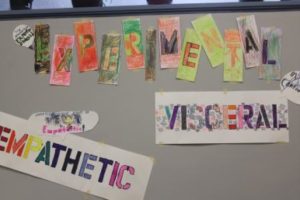
This unique program, dubbed TikkunXDesign, plays a vital role in our students’ learning and will continue to shape our school’s culture as we welcome Tiferet Rose, who joined our faculty this year to direct and expand our TikkunXDesign program.
Tiferet says she is honored to be the new TikkunXDesign (Design Lab) teacher, to be working with an amazing staff, as well as to be learning with – and from – such wonderful, curious children! Tiferet has a MS in Science Education and an MPS in Environmental Interpretation, has experience in both formal and informal education, is excited to expand her knowledge base and experience into teaching Design Thinking.
Emphasizing process over product: This fall, TikkunXDesign classes will focus on developing the five healthy mindsets of Design Thinking: Optimistic, Collaborative, Empathetic, Visceral, and Experimental. Each grade – PreK through 5th – will work on one major project throughout the year, delving deeply into our challenge, learning as much as we can about it, and then generating ideas, experimenting and prototyping possible solutions.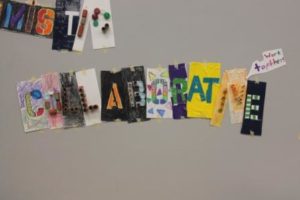
So far we are off to a wonderful start!
 irresponsible. Within this climate, our school, and the timeless values we practice, are more essential than ever. In this week’s Torah portion, Vayera, Abraham models for us how to welcome guests and treat weary visitors.
irresponsible. Within this climate, our school, and the timeless values we practice, are more essential than ever. In this week’s Torah portion, Vayera, Abraham models for us how to welcome guests and treat weary visitors.